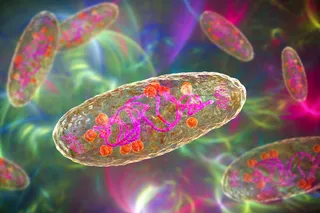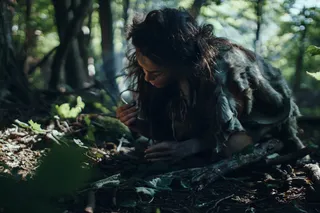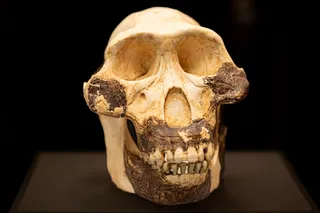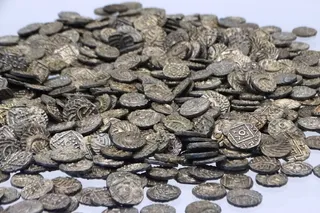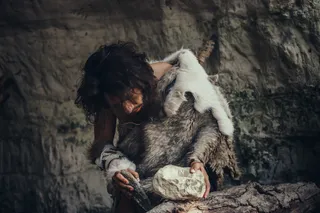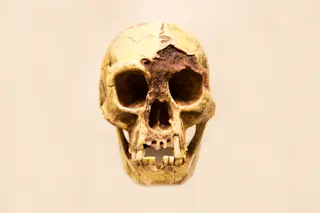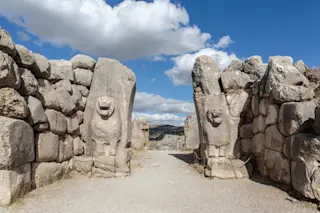When U.S. 40 reaches Collinsville, Illinois, the land is flat and open. Seedy storefronts line the highway: a pawnshop, a discount carpet warehouse, a taco joint, a bar. Only the Indian Mound Motel gives any hint that the road bisects something more than underdeveloped farmland.
This is the Cahokia Mounds State Historic Site, a United Nations World Heritage Site on a par with the Great Wall of China, the Egyptian pyramids, and the Taj Mahal. The 4,000-acre complex preserves the remnants of the largest prehistoric settlement north of Mexico, a walled city that flourished on the floodplain of the Mississippi River 10 centuries ago. Covering an area more than five miles square, Cahokia dwarfs the ancient pueblos of New Mexico’s Chaco Canyon and every other ruin left by the storied Anasazi of the American Southwest. Yet despite its size and importance, archaeologists still don’t understand how this vast, lost culture ...




